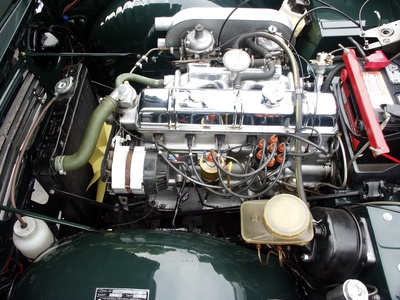
An automobile distributor has several parts that must coordinate to produce sparks and send them to the combustion chamber. It accomplishes this task by sending a precisely timed high-voltage spark from the ignition points through the rotor and into the distributor cap. From there, the spark travels through wires to the spark plug. The switch plate advances or retards the spark, depending on engine speed and load. A bad switch plate manifests itself in several ways.
One of the first indications of a malfunctioning switch plate will be a decline in fuel economy over an extended period, or a sudden decrease that you cannot attribute to any other component. The switch plate can slow down (retard) or speed up (advance) the spark. In the case of centrifugal advance distributors, the springs on the switch plate might have lost tension or become deformed, which constantly retards the spark. This condition allows an excessive amount of unburned gas to pass through the fuel system.
If your vehicle produces a pause or hesitation when you step on the accelerator pedal at low to medium speeds, you may have a sticking switch plate. Barring carburetor or fuel delivery problems, a switch plate that does not respond immediately to an acceleration response may point to insufficient lubrication beneath the breaker plate mechanism for it to turn. If the mechanism cannot turn rapidly or in time to advance the spark, the throttle response will become sluggish.
The vacuum diaphragm, a small component that sits on the side of the distributor, uses vacuum power from the engine to operate the switch plate. A leak at the inlet hose to the diaphragm will not have the strength to advance or retard the timing properly. This condition may result in poor all-around acceleration and performance. The engine may also idle roughly at an unusually high revolution-per-minute (rpm) setting. Too much air as a result of the leak can also cause a lean misfire.
If you can hear a pinging or light rattling noise coming from the engine while driving up a long incline, especially hauling a load or trailer, it could mean that the switch plate cannot retard the timing sufficiently. This condition can result from a worn bushing or rusted breaker plate that prevents the switch plate from moving to the retard position. Disconnected flyweights on the end of the cam, or a broken or detached spring, can throw the switch plate out of balance or cause it to perform erratically.
An engine that backfires, especially on a long downgrade, could indicate a frozen switch plate that cannot respond to low vacuum operation. A broken cam spring or thrown weight can wedge inside the mechanism and stop its movement. A jammed switch plate can also cause difficult starting.